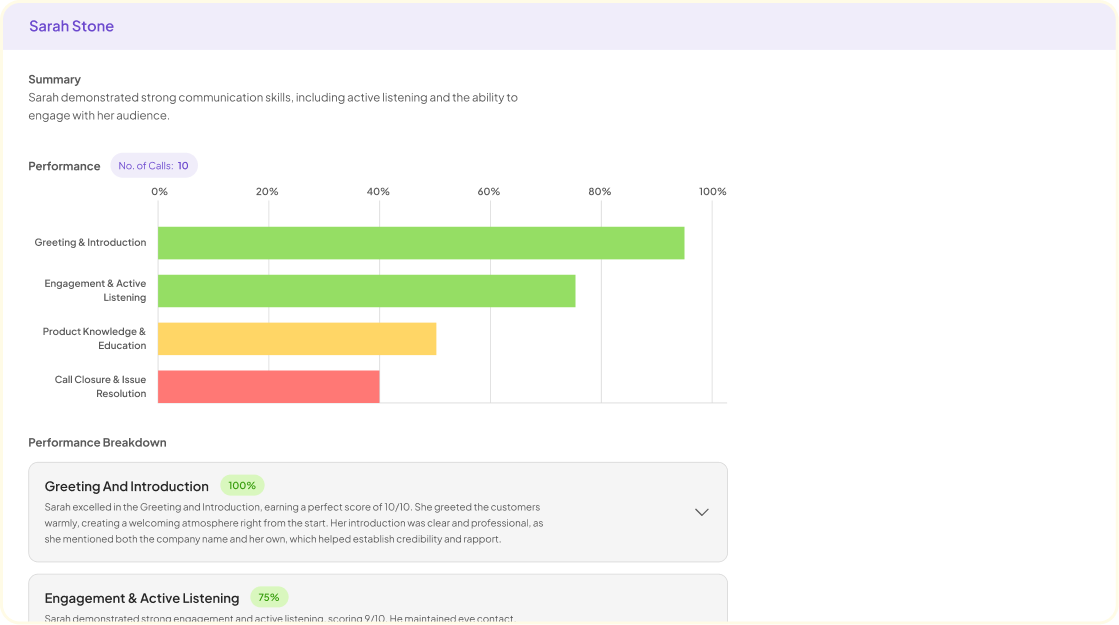Digital insight techniques are revolutionizing the way businesses conduct online qualitative market research. With the rapid advancements in technology, companies now have access to an array of innovative tools that help them gather and analyze data effectively. These techniques make it possible to delve deeper into customer behaviors and preferences, allowing for more nuanced understanding and actionable outcomes.
By incorporating these digital insights into their research methodologies, organizations can uncover valuable feedback and trends that traditional methods might overlook. This exploration not only enhances data-driven decision-making, but also fosters a more responsive approach to market demands, ultimately driving business success. Understanding how to utilize these techniques is essential for any team aiming to stay ahead in this competitive environment.
The Evolution of Digital Insight Techniques
Digital Insight Techniques have significantly evolved to meet the growing demands of market research. Initially, traditional methods like surveys and focus groups dominated the scene. However, as technology advanced, these techniques gradually transformed to incorporate digital platforms, allowing for real-time data collection and analysis. This evolution has opened doors to more agile, interactive, and accessible methodologies, enabling researchers to gain deeper insights into consumer behavior.
The shift toward digital tools has also led to the emergence of innovative techniques, such as video interviews and online discussion forums. These new approaches foster dynamic engagements, where participants can share their opinions in more natural settings. Moreover, the ability to analyze large volumes of qualitative data efficiently is defining the future of market research. As businesses recognize the value of timely insights, the incorporation of AI-driven analysis tools becomes crucial. This evolution not only enhances the speed of obtaining insights but also strengthens strategic decision-making, ultimately leading to competitive advantages in the marketplace.
Key Features of Online Qualitative Platforms
Online qualitative platforms boast several key features designed to streamline research processes. First, they often incorporate user-friendly interfaces that enable researchers to conduct studies without extensive training. These platforms facilitate real-time data collection, offering instant access to participant feedback and insights. As businesses generate increasing volumes of customer signals, the ability to rapidly analyze this data becomes essential.
Additionally, robust analytical tools are crucial for deriving actionable insights efficiently. Features like sentiment analysis and thematic coding help researchers understand nuances in customer opinions. Enhanced collaboration tools are also vital, allowing teams to share findings and strategies seamlessly. Finally, many platforms integrate multimedia capabilities, enabling the inclusion of video and audio interviews, which enrich the qualitative data experience. By harnessing these features, businesses can effectively employ digital insight techniques to stay competitive in their markets.
Benefits Over Traditional Methods
Digital Insight Techniques offer significant advantages over traditional market research methods, addressing many challenges faced by companies today. First, these platforms enable faster analysis of qualitative data, allowing businesses to interpret customer feedback in real time. Unlike traditional methods, which can be slow and cumbersome, digital techniques streamline the process, making insights readily available for timely decision-making.
Furthermore, the collaboration features of online platforms enhance teamwork and sharing of insights within organizations. Traditional methods often lead to siloed information, hindering effective discussions and strategies. Digital solutions allow multiple team members to access and analyze data simultaneously, fostering collaborative innovation. As a result, companies can turn insights into actionable strategies more efficiently, positioning themselves ahead of competitors in a rapidly changing marketplace. Embracing these digital techniques is essential for businesses that aim to stay relevant and responsive to consumer needs.
Enhancing Research with Digital Insight Techniques
Digital Insight Techniques are revolutionizing the way market researchers gather and analyze qualitative data. By utilizing advanced digital tools, researchers can extract meaningful insights from customer interviews and feedback. This transformation empowers companies to quickly adapt their strategies based on real-time data, enhancing their competitive advantage in the marketplace.
To fully harness the power of these techniques, it's important to focus on three key areas. First, data collection becomes more efficient with automated systems that streamline customer interactions. Second, visual analytics tools can illustrate complex data trends, making it easier to identify actionable insights. Finally, collaboration platforms ensure that all team members have access to relevant information, reducing the chances of scattered insights across various files. Together, these elements create a comprehensive approach to online qualitative market research, making it simpler for businesses to turn insights into effective strategies.
Integrating Artificial Intelligence and Machine Learning
Integrating Artificial Intelligence and Machine Learning into online qualitative market research platforms transforms the way insights are derived from data. By employing AI-driven tools, researchers can automate the extraction of participant information during interviews or discussions. For instance, if a participant shares their name, AI can instantly record and categorize relevant data, enhancing the richness of the insights generated.
Furthermore, these digital insight techniques allow for deeper analysis of qualitative data. Machine learning algorithms can recognize patterns in participant responses, even those that humans might overlook. This capability leads to more nuanced findings, enabling companies to tailor their strategies effectively. Consequently, integrating AI and machine learning not only enhances efficiency but also elevates the quality of insights, ensuring that businesses are well-equipped to meet their customers' needs.
Utilizing Social Media for Real-Time Feedback
Social media platforms are invaluable tools for gathering real-time feedback from consumers. By tapping into these channels, businesses can swiftly gauge customer sentiments about products and services. Incorporating Digital Insight Techniques such as polls, direct messages, and comments allows companies to create dynamic conversations rather than static data collection. This interaction can lead to deeper understanding and immediate adjustments to marketing strategies.
To effectively utilize social media, consider these key practices. First, engage actively with your audience. Prompt replies to comments and inquiries can foster a sense of community. Second, utilize targeted polls or questions that encourage followers to share their opinions. These quick surveys can reveal preferences and pain points efficiently. Lastly, analyze trends over time. Regularly monitoring feedback can help identify emerging concerns or popular features that resonate with your audience. By implementing these strategies, you can transform real-time engagement into actionable insights that drive business decisions.
Conclusion: The Future of Digital Insight Techniques in Market Research
As we look toward the future, Digital Insight Techniques will play a pivotal role in advancing market research methodologies. With the rise of online qualitative platforms, researchers can capture nuanced consumer insights more efficiently than ever. These platforms enable the synthesis of large amounts of qualitative data, facilitating deeper understanding and more informed decision-making.
The increasing integration of artificial intelligence and machine learning will further enhance these techniques. By automating the analysis of online interactions and feedback, marketers can uncover significant trends with precision. Ultimately, the evolution of Digital Insight Techniques will empower businesses to adapt swiftly and effectively to changing market dynamics.


